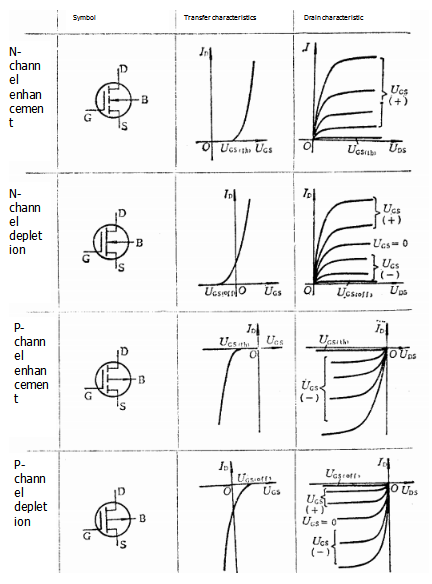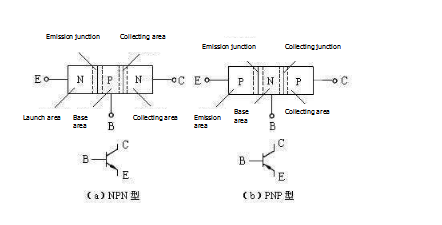Do you know how to use the MOS tube correctly?

MOS tube working principle
The characteristics of the NMOS, Vgs is greater than a certain value will be turned on, suitable for the case when the source is grounded (low-side drive), as long as the gate voltage reaches a certain voltage (such as 4V or 10V, other voltage, see the manual).
The characteristics of the PMOS, Vgs is less than a certain value will be turned on, suitable for the case when the source is connected to VCC (high-end drive). However, although PMOS can be conveniently used as a high-end driver, NMOS is usually used in high-end driving because of high on-resistance, high price, and low replacement.
When designing a switching power supply or a motor driving circuit using a MOS tube, most people will consider the on-resistance of the MOS, the maximum voltage, the maximum current, etc., and many people only consider these factors. Such a circuit may work, but it is not excellent, and it is not allowed as a formal product design.
Correct use of MOS tubes
1 Basic characteristics of triode and MOS tube
A triode is a current-controlled current device that controls the change in collector current with changes in the base current. There are two kinds of NPN type triode and PNP type triode, the symbols are as follows:

The MOS transistor is a voltage controlled current device that controls the change in drain current with a change in the gate voltage. There are P-channel MOS transistors (referred to as PMOS) and N-channel MOS transistors (referred to as NMOS), the symbols are as follows (only the commonly used enhanced MOS transistors are discussed here):
2 Correct application of triode and MOS tube
(1) PNP type triode, suitable for the case where the emitter is connected to the VCC collector and connected to the GND. As long as the base voltage is lower than the emitter voltage (here VCC) by 0.7V, ie the emitter junction is reversed (VBE is negative), the PNP transistor can begin to conduct.

